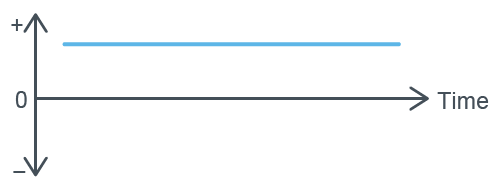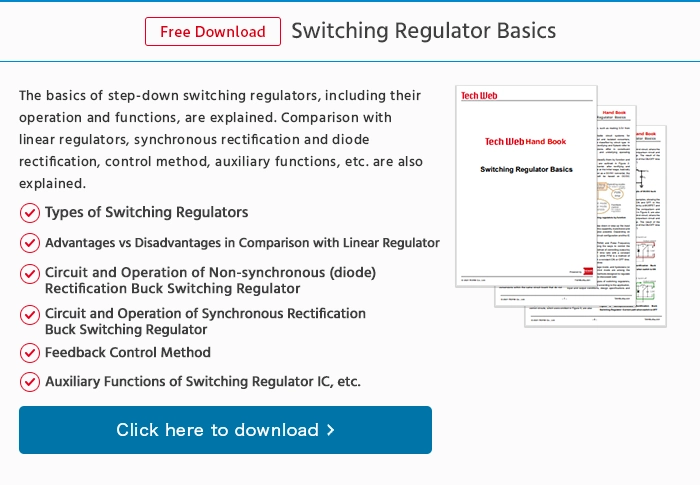AC vs. DC
What is Alternating Current?
Short for Alternating Current, AC refers to current that changes in magnitude and polarity (orientation) with time, alternating direction.
It is often expressed in Hertz (Hz), the SI unit of frequency, which is the number of oscillations per second.

AC voltage is advantageous for long-distance transmission and can be easily transformed for varied applications. The concept of maximum voltage in AC waveforms, particularly sine waves, represents the highest point the waveform reaches.
AC is also capable of powering electric motors, efficiently converting electrical energy into mechanical energy.
What is Direct Current?
DC, which stands for Direct Current, is characterized by current that does not change in polarity over time, maintaining a constant flow in one direction.

However, there are small changes in magnitude that are also DC, called ripple current.

DC electricity has a consistent flow and directionality, making it essential for various applications such as electronics, electric vehicles, and renewable energy systems.







